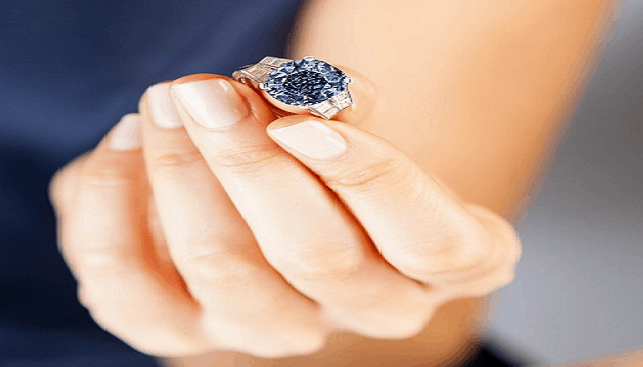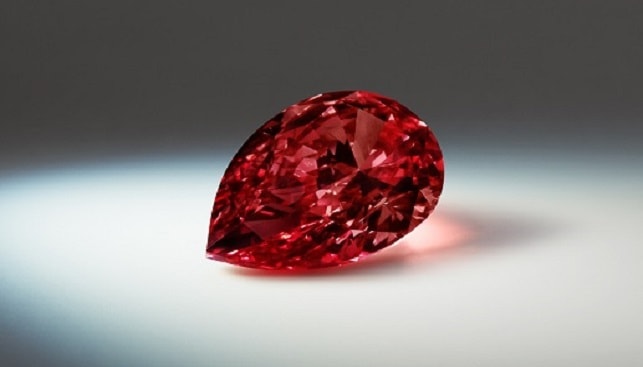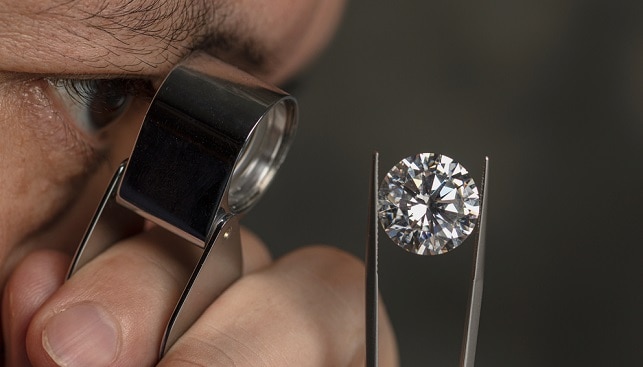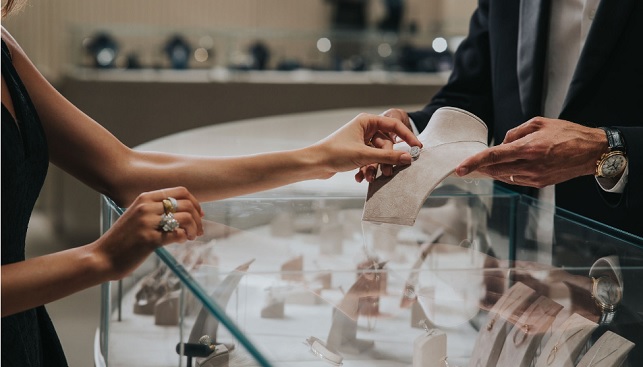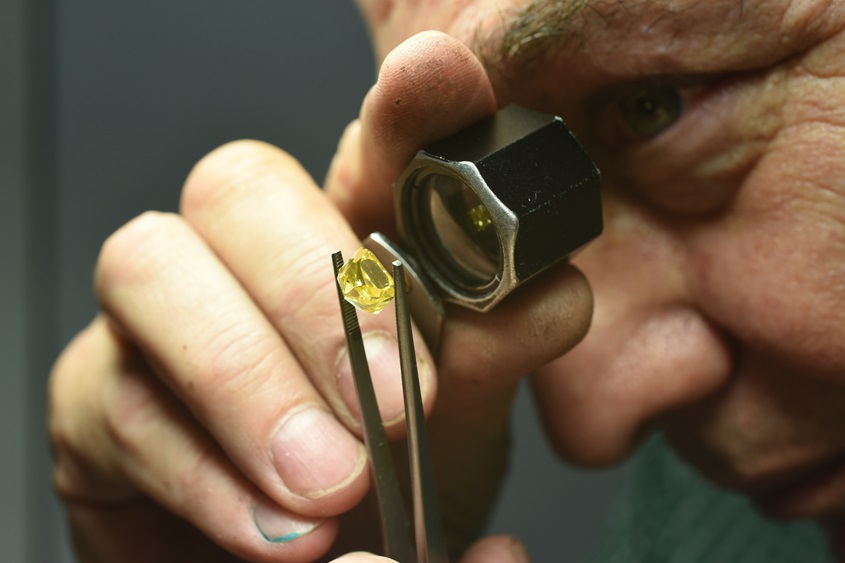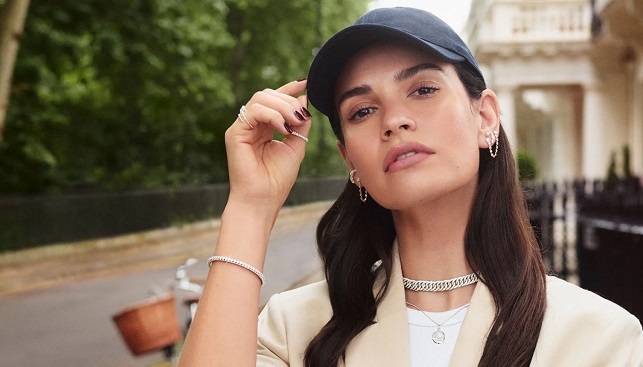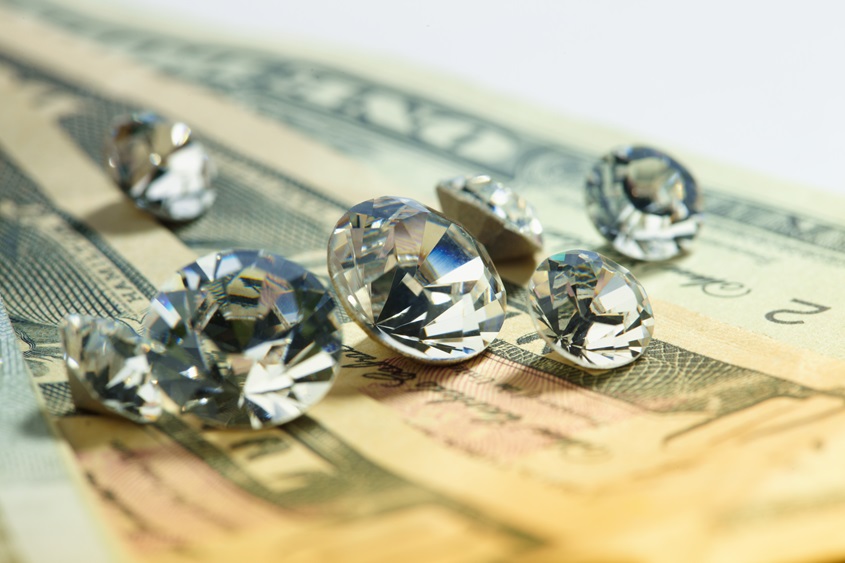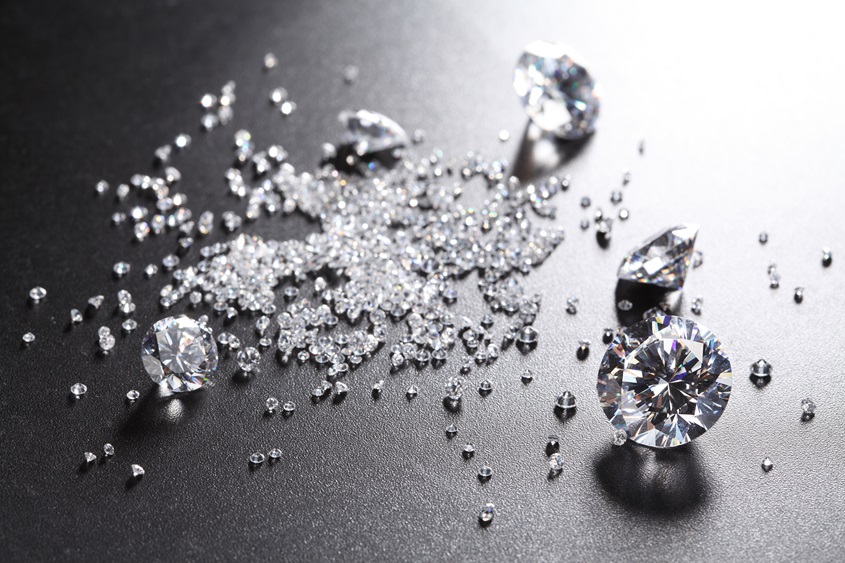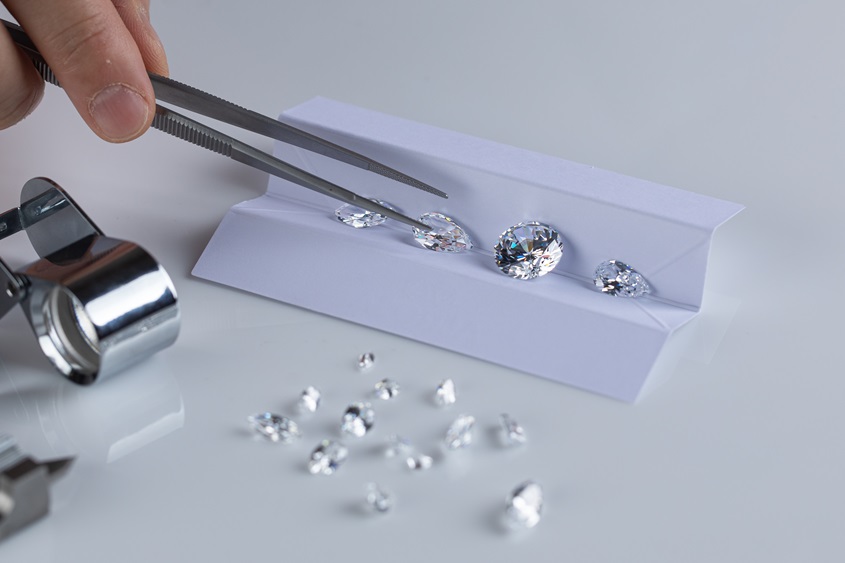Blue diamonds have long been considered among the most extraordinary gemstones on earth. These exceptional stones continue to captivate collectors, investors, and jewelry enthusiasts worldwide, with their value and allure reaching unprecedented heights.
How Rare Are Blue Diamonds: Understanding These Exceptional Gemstones
What Are Blue Diamonds Called, and Why Are Rare Blue Diamonds So Coveted?
Blue diamonds are officially classified as Type IIb diamonds. How rare are blue diamonds? They represent less than 0.1% of all diamonds mined globally, making them exponentially scarcer than even red diamonds, which are often considered the rarest colored diamonds. Natural blue diamonds are formed when the element boron becomes trapped within the crystal structure during formation, giving these gems their distinctive blue coloration.
Blue diamonds remain among the most elusive gemstones in existence. While diamond mines in South Africa, Australia, and India have historically produced blue diamonds, recent years have seen a significant decline in new discoveries, further enhancing their rarity and value. The famed Cullinan mine in South Africa, once a reliable source of blue diamonds, has reported diminishing yields, adding to the increasing scarcity of these gems.
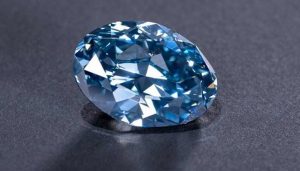
Blue Diamonds Natural vs. Treated: Important Distinctions for Buyers
When evaluating blue diamonds, it’s crucial to distinguish between natural blue diamonds and those that have been artificially treated to achieve their color. Blue diamonds, natural in origin, are exponentially more valuable than those that have undergone color enhancement treatments. Advanced gemological testing methods have made it easier to identify natural versus treated stones, but this has only widened the price gap between them.
Current gemological reports now include detailed spectroscopic analyses that can detect even the most sophisticated treatment methods, ensuring that true natural blue diamonds maintain their premium status in the market. Unlike black diamonds, which may sometimes be treated to enhance their color, the most valuable blue diamonds are completely natural.
Blue Diamonds Price: Investment Value and Market Trends
Current Blue Diamonds Price Range and Investment Performance
The blue diamond price point continues to shatter records. While colorless diamonds have seen moderate price fluctuations over the past decade, blue diamonds have consistently appreciated in value, with an average annual increase of 12-15%.
High-quality natural blue diamonds typically command prices ranging from $500,000 to $2 million per carat, with exceptional specimens fetching significantly more at auction. The combination of their aesthetic appeal, extreme rarity, and consistent performance as investment vehicles has solidified their position as one of the most concentrated forms of wealth available today.
Record-Breaking Blue Diamond Sales
Recent sales highlight this trend:
- A 3.5-carat Fancy Vivid Blue diamond sold for $15.7 million at Sotheby’s Geneva
- The “Azure Legacy” – a 7.03-carat Fancy Deep Blue diamond – fetched a record-breaking $32.4 million at Christie’s Hong Kong
- An antique blue diamond ring from the 1920s with royal provenance sold for 3.5 times its estimated value at auction
Blue Diamonds Jewelry: Luxury Trends and Design Innovations
Blue Diamonds Rings: The Ultimate Status Symbol
Blue diamond rings have emerged as the ultimate expression of luxury and individuality in fine jewelry. The trend toward unique statement pieces has propelled blue diamond rings to unprecedented popularity among affluent consumers seeking distinctive accessories that showcase both wealth and discerning taste.
Celebrity endorsements and appearances featuring blue diamond rings have further elevated their profile, with several high-profile events showcasing these exceptional gems. Custom-designed blue diamond rings have become the signature of several prominent jewelry houses, each developing proprietary settings that maximize the stone’s visual impact.
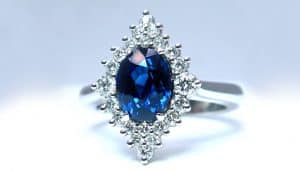
Blue Diamonds Engagement Rings: The Evolving Symbol of Modern Commitment
The search for engagement rings with blue diamonds has increased by 78% in recent years, according to jewelry industry reports. Blue diamond engagement rings represent not just financial investment but emotional significance, offering couples a unique alternative to traditional colorless diamond rings.
Engagement rings with blue diamonds typically feature the colored stone as the centerpiece, often surrounded by colorless diamonds that enhance the blue diamond’s vivid hue. The symbolism of rarity and uniqueness makes these stones particularly meaningful for couples seeking to represent their exceptional bond.
Leading jewelry designers have responded to this trend by creating innovative settings that maximize the visual impact of these rare stones while ensuring their security. Halo settings, which encircle the blue diamond with smaller colorless diamonds, remain particularly popular for engagement rings with blue diamonds, as they accentuate the center stone’s color intensity.
Blue Diamonds Necklace Designs: From Classic to Contemporary
While rings remain the most popular application for blue diamonds, there has been increasing interest in other forms of blue diamond jewelry. The blue diamonds necklace has emerged as a particularly sought-after item, with pendant designs allowing for dramatic showcasing of these exceptional stones.
Blue diamond necklace designs range from minimalist solitaire pendants that highlight a single exceptional stone to elaborate collar necklaces featuring multiple blue diamonds of varying sizes and intensities. These versatile pieces have become staples on red carpets and in executive boardrooms alike.
Major jewelry houses have released exclusive collections featuring blue diamonds in versatile designs that transition seamlessly from day to evening wear. These pieces represent not only significant aesthetic value but also substantial investment potential, as the stones themselves continue to appreciate regardless of setting.
Buying Guide: How to Select Quality Blue Diamonds
Key Factors When Purchasing Blue Diamonds
When considering an investment in blue diamonds, experts recommend focusing on these critical factors:
- Color intensity and distribution – The most valuable blue diamonds display even, saturated color throughout the stone
- Certification – Only purchase blue diamonds with comprehensive certification from GIA or other respected gemological laboratories
- Origin documentation – Provenance adds significant value, particularly for stones from famous mines
- Secondary hues – Pure blue diamonds command premium prices over those with secondary green or gray tones
- Fluorescence – Unlike in colorless diamonds, fluorescence may actually enhance the value of certain blue diamonds
Where to Find Authentic Blue Diamonds Natural in Origin
Due to their extreme rarity, genuine natural blue diamonds are typically only available through:
- Specialized high-end jewelers with direct mining connections
- Major auction houses like Sotheby’s and Christie’s
- Private sales between collectors
- Diamond investment consortiums with mining partnerships
Looking Forward: The Future of Blue Diamonds
As natural diamond reserves continue to diminish globally, the discovery of new blue diamonds is expected to become increasingly rare. Market analysts project that blue diamonds natural in origin could see value increases of up to 20% annually over the coming years, outpacing virtually all other tangible asset classes.
For collectors, investors, and connoisseurs of exceptional gemstones, blue diamonds represent a unique combination of aesthetic beauty, historical significance, and investment potential that few other assets can match in today’s dynamic luxury market.
Whether adorning engagement rings with blue diamonds or showcased in museum collections, these extraordinary gems continue to stand as miracles of nature’s creative force and enduring symbols of ultimate luxury. While other colored diamonds like red diamonds and black diamonds each have their own unique appeal, blue diamonds remain in a class of their own for rarity, beauty, and investment potential.

